Products You May Like

Soapbox features enable our individual writers and contributors to voice their opinions on hot topics and random stuff they’ve been chewing over. Today, Francisco considers a little Joy-Con addition that could help set the upcoming “Switch successor” apart…
Nintendo can’t resist an enticing hardware innovation. Think of the Game & Watch’s D-pad, the SNES’s nifty shoulder buttons, or the Wii’s revolutionary motion controls; and we’ve barely scratched the surface of its long legacy of pioneering video game controllers. Despite its efforts, one hardware feature has evaded Nintendo for decades.
This powerful tool can travel miles in the blink of an eye, or take you from a satellite view down to the lowliest ant in an instant. Sakurai pitched it for the GameCube. Nintendo filed a patent for it in 2015. Your finger may lay within reach of one at this very moment. What long-overlooked marvel am I referring to? The computer mouse’s scroll wheel.
As today’s creative sandboxes go hard on inventory management and crafting menus, straining our existing UI inputs to their utmost limits, this tool, first seen widely back in 1996 on Microsoft’s IntelliMouse, would be well placed to make its overdue debut on the ‘Switch 2’.
It’s time to spin the wheel
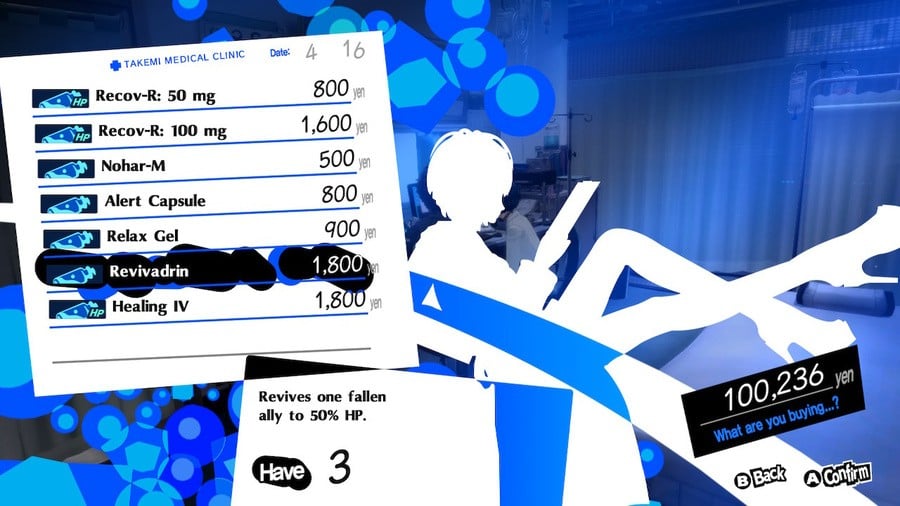
My first argument is sheer convenience. We’ve grown used to the familiar compromises multiplatform games use to compensate for the scroll wheel’s absence. Directional or radial options can flick between weapons and powers on quick-select menus. Shoulder buttons turn the pages of your inventory, rather than scrolling through one long list, or they can toggle camera zoom in Civilization VI.
For all its mind-blowing possibilities, Tears of the Kingdom encounters all the limits that existing controllers simply aren’t designed for.
Once, that was enough. Now crafting menus and packed inventories have infiltrated any genre you could name, it often feels like you’re spending as much time in glorified spreadsheets as you do in the game world. Sure, you can disguise the tedium — as Persona does with such notable panache — but when we’re increasingly bogged down in menus, easing the low-level drag underlying these neverending grids and lists becomes a necessity.
We saw at the last Direct how even upcoming top-down The Legend of Zelda: Echoes of Wisdom is adopting sandbox elements too; the one part of the game I’m sadly not looking forward to how it reuses Tears of the Kingdom’s interminable ‘quick’ menu – scrolling through that thing looking for the right Chuchu Jelly accounts for an embarrassing proportion of my 80-hour playtime. This issue has gone on long enough. Especially when it’s so easily improved by a scroll wheel’s precision.
In comparison, holding down an analogue stick feels like spinning a roulette wheel; random and with minimal speed control. Overshoot and you have to flip the stick back 180 degrees to reverse back. Jabbing directional buttons present an even less palatable option, more strain to hold down, more bother to input precise sequences just to select the right Minecraft item.
A designer’s tool for a creator’s world
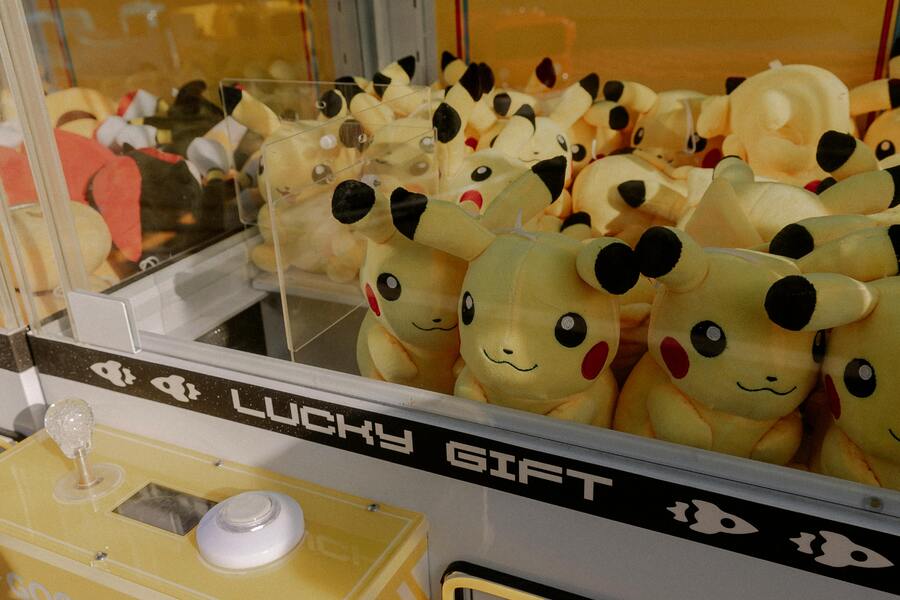
The bigger issue is that, when you think about it, the 3D revolution happened on our screens, not on our controllers.
Even with the analogue stick, when Link emerged into a wondrous 3D Hyrule in Ocarina of Time, and Mario stepped foot into a magical Mushroom Kingdom in Super Mario 64, we still continued to navigate 3D spaces with 2D inputs. Up or down. Left or right. However many variant angles in between. At heart, it’s no different from operating a UFO catcher, with a button press to interact with a third plane of movement.
Often, we make do, but with creative modes that demand the ability to control a player character and any number of in-game objects, the precision we need for 3D object manipulation isn’t there yet. And there’s a reason the mouse wheel is a key tool for graphic and level designers: it adds a whole new dimension.
For all its mind-blowing possibilities, Tears of the Kingdom encounters all the limits that existing controllers simply aren’t designed for. Ultrahand had me haphazardly twirling planks of wood like a beginner nunchuck fighter, a destructive peril to myself and anyone in a 20-metre radius, doomed to create piles of useless rubble, not engineering achievements for the ages.
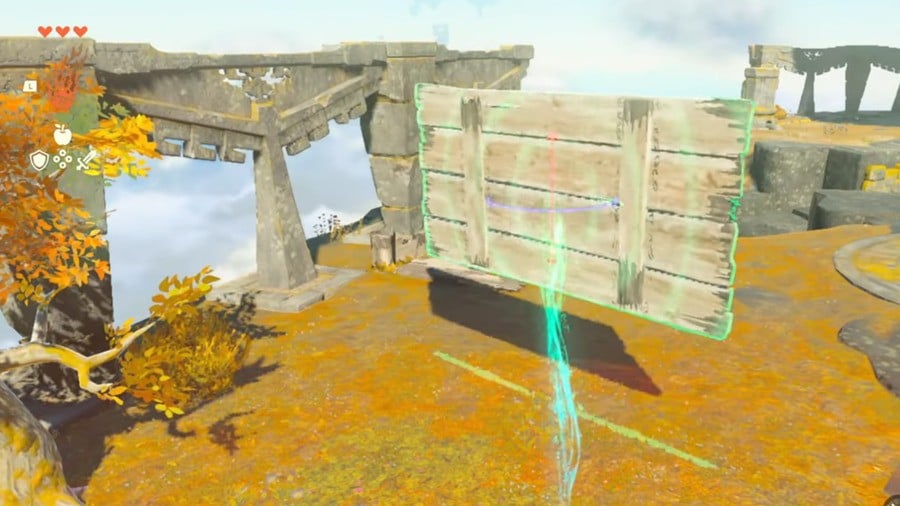
Add a scroll wheel into the mix and watch these problems melt away, like a sighting of Princess Zelda in the Gerudo Desert distance. You don’t have to toggle between levitating objects between three axes. Better still, with a naturally rotating input, you can now turn objects with the precision that even Zonai adhesive gloop and Nintendo’s polished physics detection system couldn’t quite achieve.
It’s not just Link who benefits. With vast numbers of Minecraft, Fortnite and Roblox opting for mobile and PC over consoles, solving this problem primes Nintendo to make Switch 2 the destination for an untapped market of creative players.
A (Play)date with destiny
Convenience and design tricks are great, but are they enough to justify such a daring new feature? What else can a scroll wheel do?
Some obvious examples come to mind: In last year’s diving/restaurant sim Dave the Diver, it’s easy to imagine using the wheel to angle Dave’s harpoon underwater, or precisely tilt the spout when serving green tea for Dave’s sushi customers. Elsewhere, it could be used to carefully calibrate the tension of Link’s bowstring prior to launching a devastating bomb arrow.
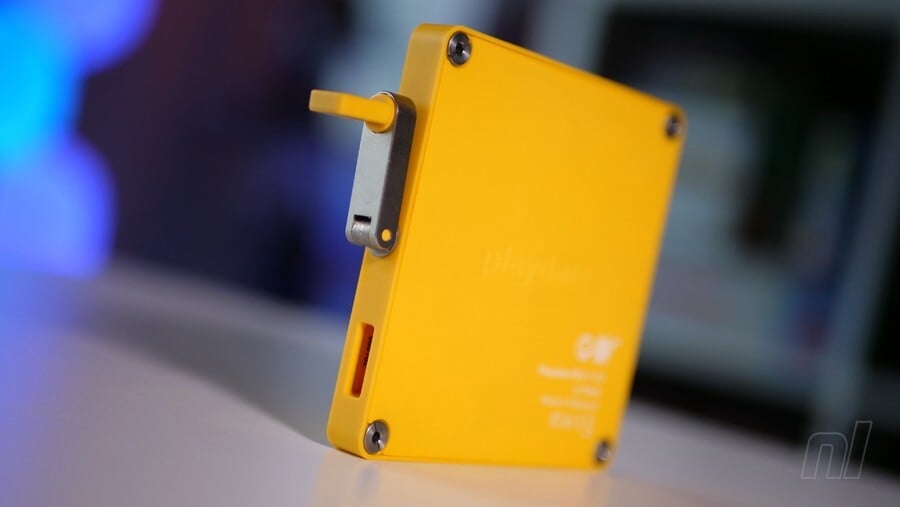
For more ideas, you just have to cast a glance toward Panic’s Playdate, the yellow lil’ handheld with a rotating side-mounted crank, which quickly drew a vibrant development scene keen to explore its possibilities.
A crank’s not a wheel, but they operate on the same rotating axis, and it demonstrates how a small hardware tweak could make ‘Switch 2’ stake its claim as the home of unique mechanical experiences you simply can’t find anywhere else (at least until Steam Deck v3 tries to muscle in).
Early Playdate releases give a taste of these new ideas: A Balanced Brew cast players as a unicycling barista, tasked to deliver coffee orders while perilously spinning his unicycle wheel back and forth. And for Crankin’s Time Travel Adventure, Katamari Damacy creator Keita Takahashi opts for a fourth dimension, not the third: his game has you playing a wind-up robot racing to a hot date, the crank guides you back and forth in time, readjusting yourself along a timeline to evade the obstacles coming between Crankin and his true love Crankette.
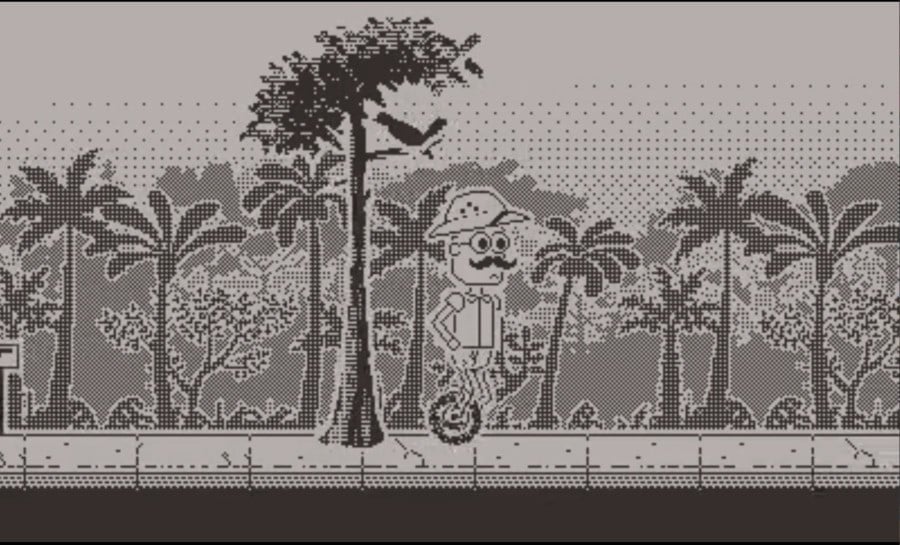
More recently, Return of the Obra Dinn creator Lucas Pope was drawn to exploit these hardware opportunities and recently launched Mars After Midnight, a Playdate exclusive and a typically intricate title that uses various sly crank controls.
The Switch successor deserves equally unique titles from devs of this calibre, excited to explore these new possibilities. Plus, we know for a fact how Nintendo’s stable of world-class designers would run riot, after the miracles they worked with motion and touch controls – I’m particularly keen to see what WarioWare could cook up.
There are valid concerns. With the unfortunate track record of Joy-Con drift, adding yet another chance for mechanical fault to its successor may seem a risk. Finding the right ergonomic placement may be a greater challenge too. Personally, I agree with Sakurai: shoulder buttons converted to clickable wheels add the functionality without extra buttons and certainly beat a rear position like the Nintendo 64 controller’s ‘Z’ button.
I’m convinced if they put their mind to it, Nintendo’s developers can make this happen. As they say, “Where there’s a wheel, there’s a way.”
